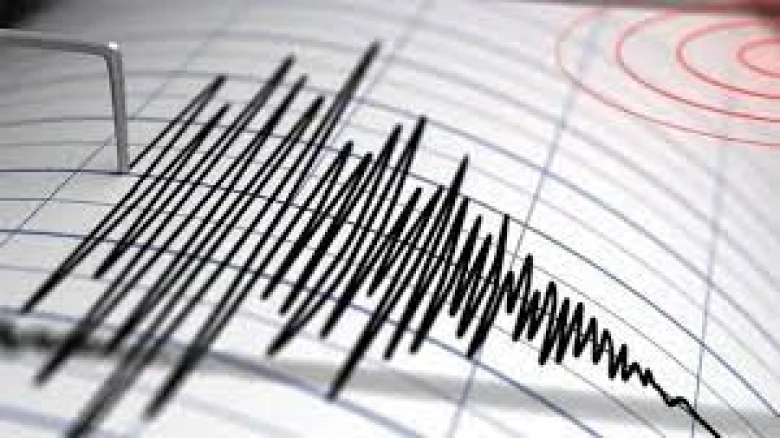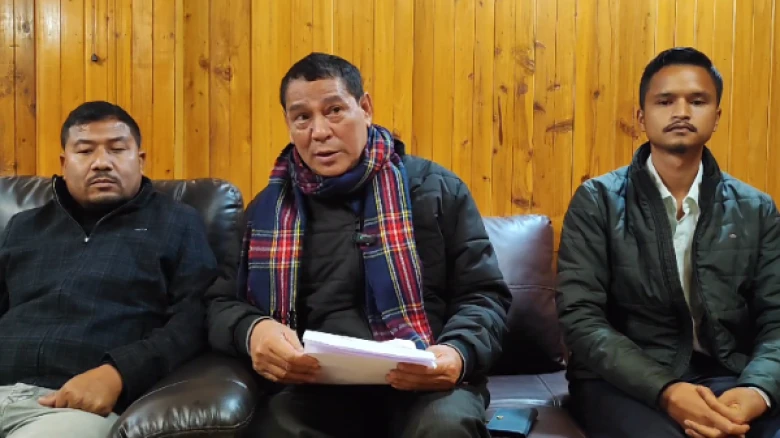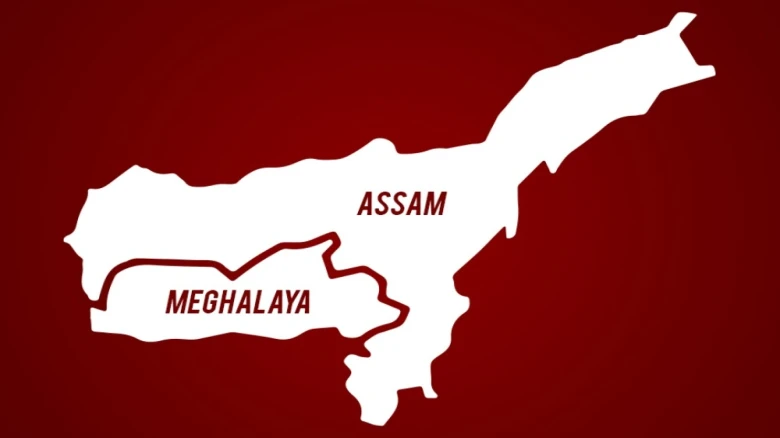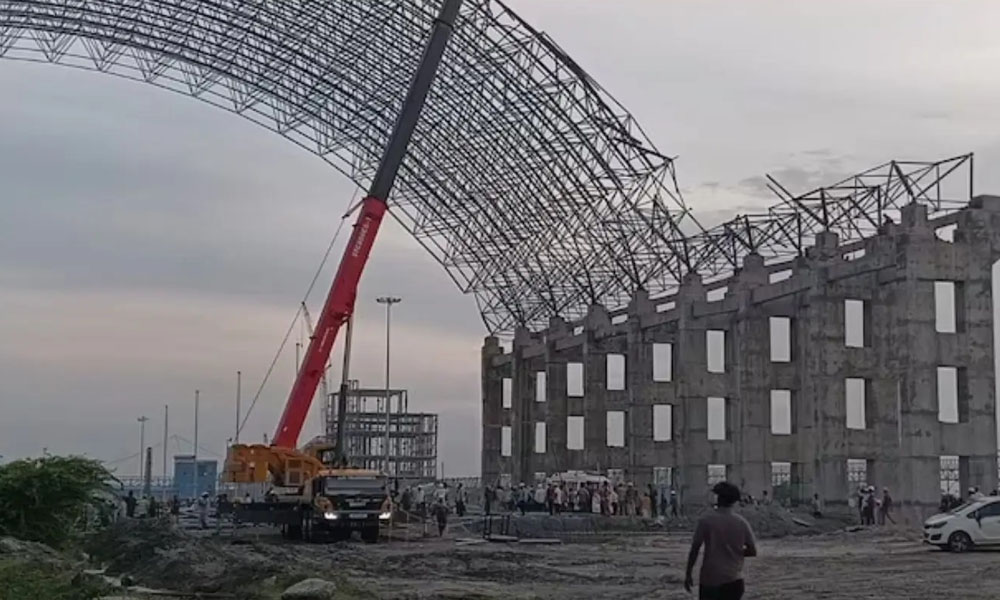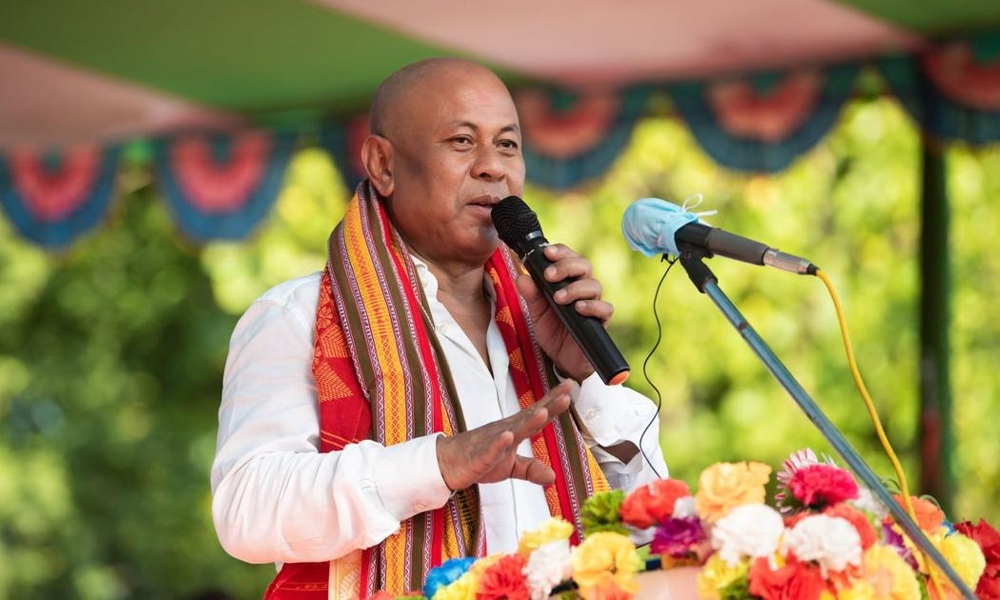The first seismic event occurred at 01:49 am local time, with a magnitude of 3.7 on the Richter scale.
Digital Desk: During the early hours of Thursday, Arunachal Pradesh was struck by two separate terrifying earthquakes. These earthquake jolts rocked the area for two hours straight, as reported by the National Center for Seismology.
The first seismic event occurred at 01:49 am local time, with a magnitude of 3.7 on the Richter scale. The epicenter of the earthquake was located at 27.38 latitude and 92.77 longitude in West Kameng, Arunachal Pradesh. Concern was raised by the earthquake, which occurred at a depth of 10 kilometers.
The second earthquake, with a magnitude of 3.4, occurred shortly after, at 03:40 am. With its epicenter situated at latitude 27.46 and longitude 92.82, and at a shallower depth of 5 kilometers, this seismic event was centered in East Kameng, Arunachal Pradesh.
The National Center for Seismology quickly announced the specifics of these quakes and advised locals to exercise caution and vigilance. Even with the magnitude of the tremors, no damage or injuries have been reported as of yet.
The two earthquakes that occurred in such a short period of time have raised concerns among Arunachal Pradesh people and brought attention to how vulnerable the area is to seismic activity. To protect public health and safety, authorities are keeping a tight eye on the situation.
It is important to be prepared and resilient in the face of unforeseen seismic events, as demonstrated by the region's struggles with these natural phenomena.

